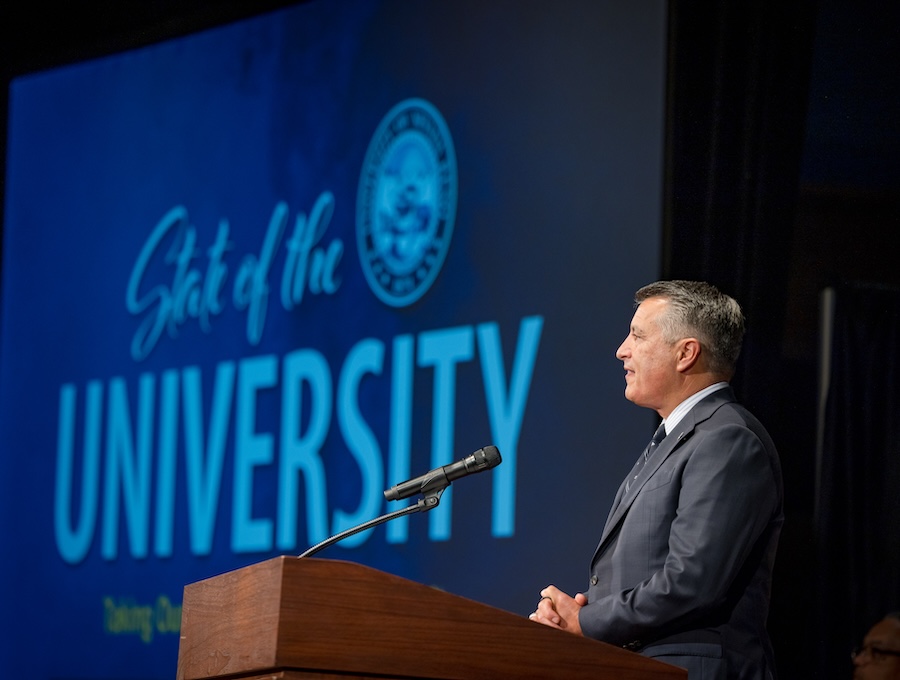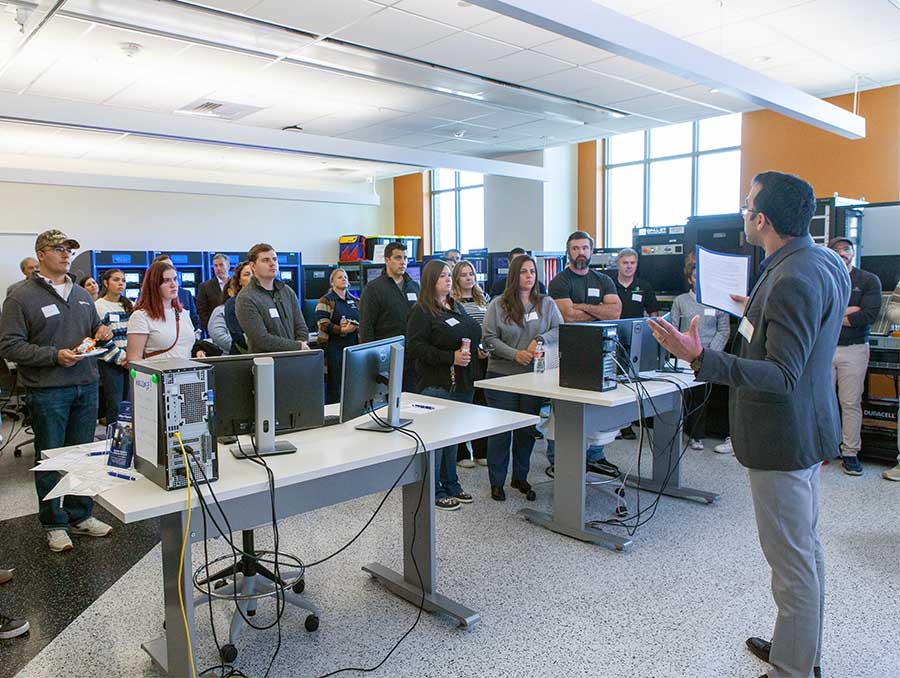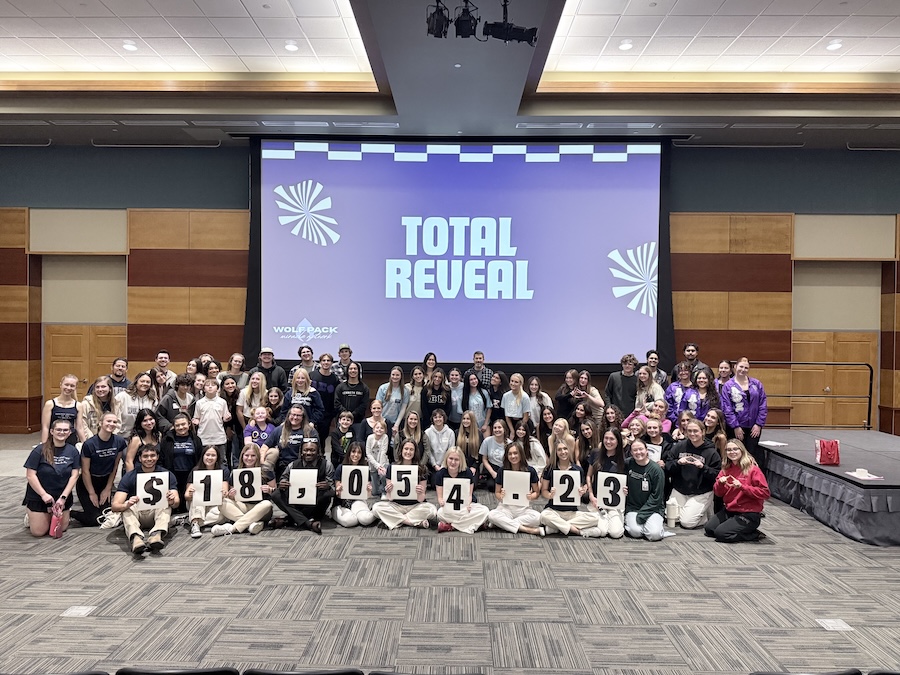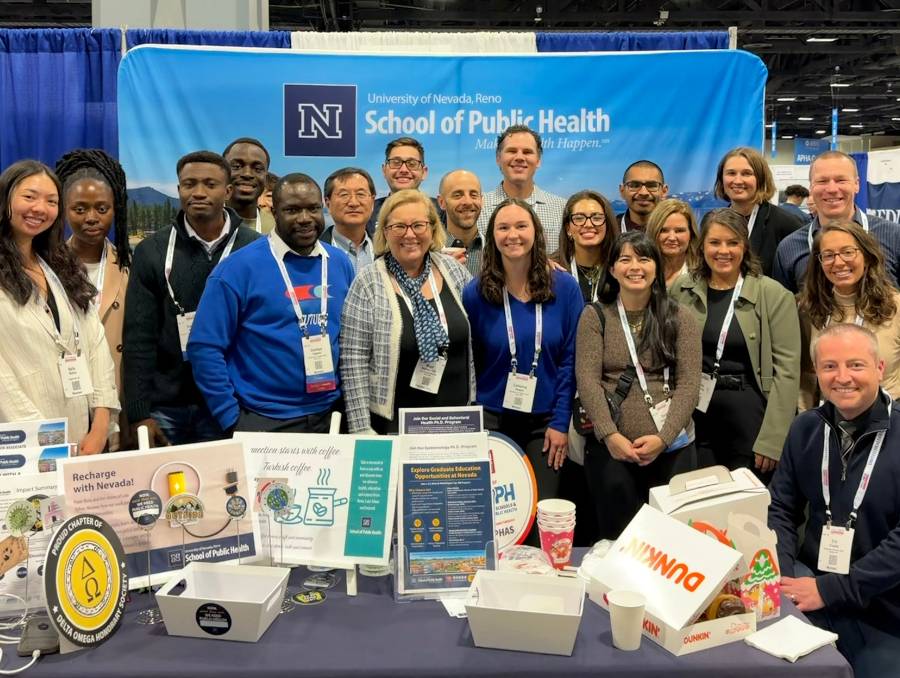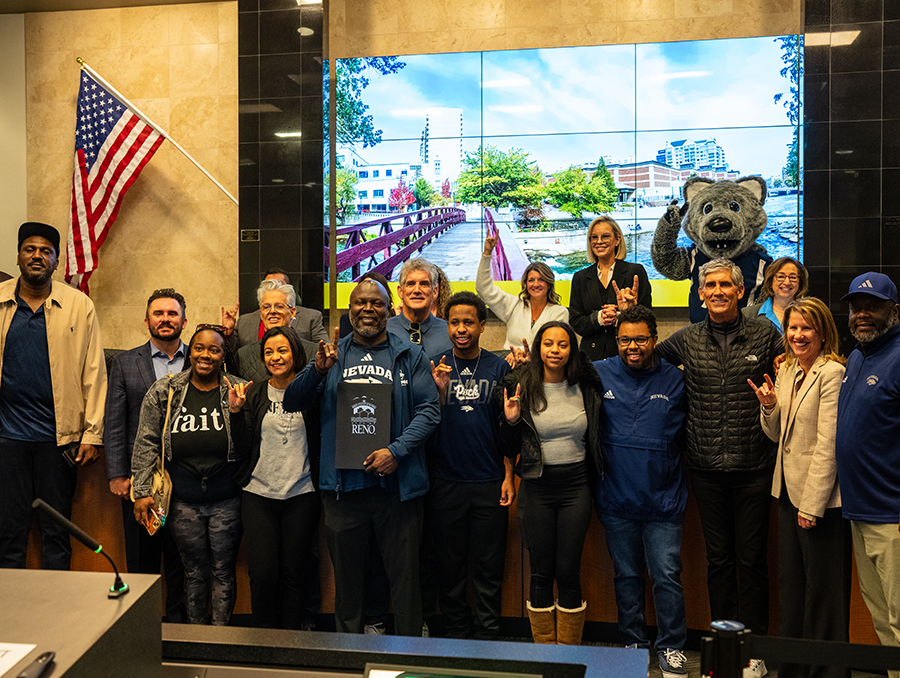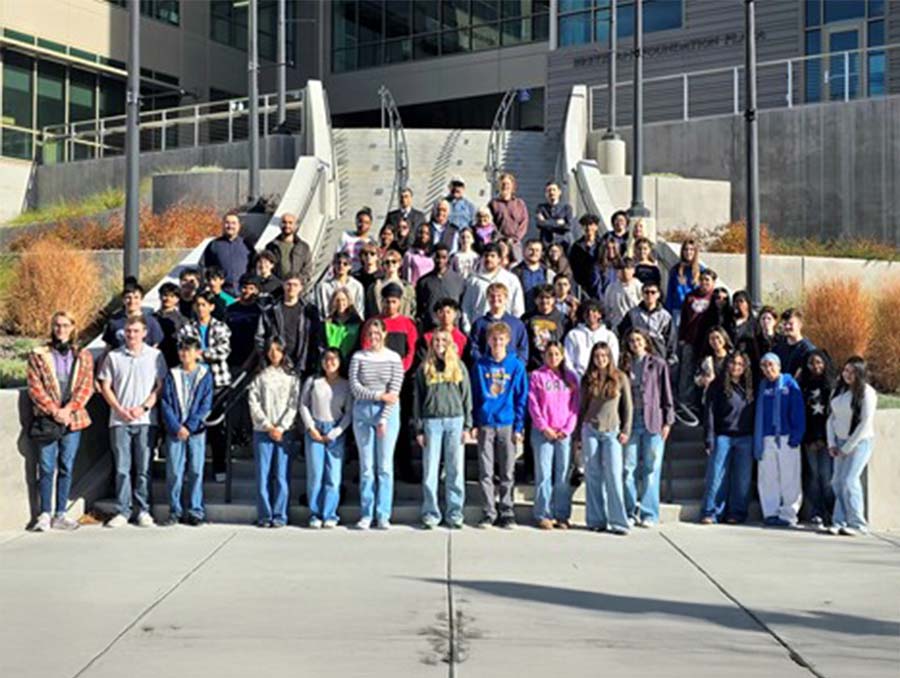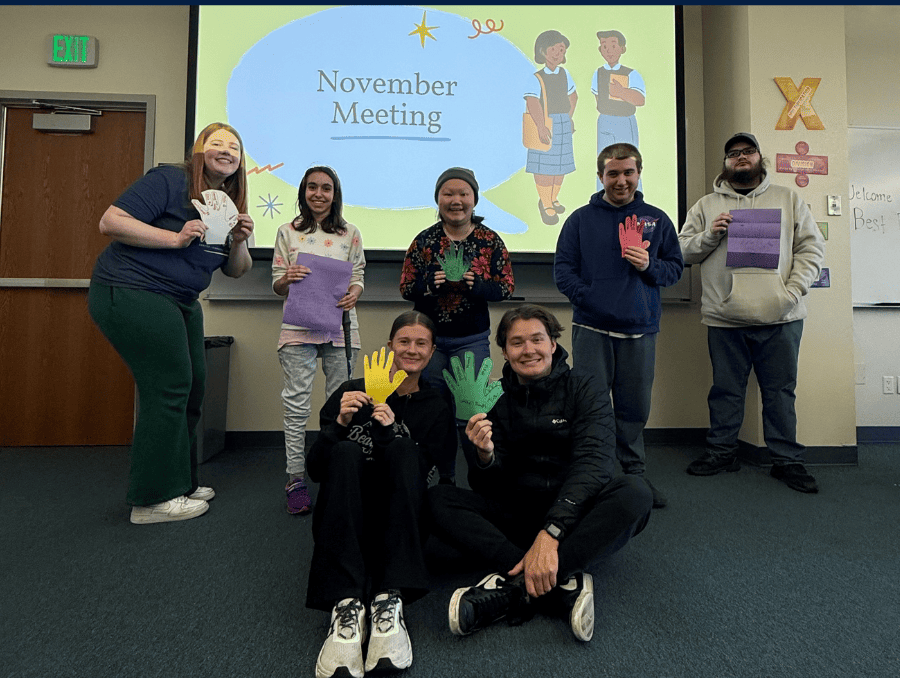Researchers from the University of Nevada, Reno are poised to play a key role in a project that holds the potential to unlock massive new resources of power generated from geothermal sources.
The project dubbed "FORGE" - short for Frontier Observatory for Research in Geothermal Energy - seeks to dramatically widen the number of potential locations where power could be produced from geothermal resources. University professors Jim Faulds and Wendy Calvin, among the world's leaders in the understanding of geothermal systems, are providing their expertise to the project funded by the U.S. Department of Energy.
Researchers from the University will provide geologic modeling of two potential FORGE sites - one near Fallon and a second near Coso, California. This geologic modeling is critically important to the FORGE project, Faulds, director of the University's Nevada Bureau of Mines and Geology, explained. "The feasibility studies will help determine where best to establish the FORGE project."
The establishment of FORGE at these two sites will provide the geothermal community a field laboratory where the science and engineering needed for widespread commercialization of EGS, enhanced geothermal systems, can be developed and refined.
Traditionally, geothermal power plants have been built at locations where they could tap into a naturally occurring source of steam heated under the earth's surface. After the hot water is used to generate power, it is re-injected back into the earth and re-heated to be used again and again.
The FORGE project, however, seeks to develop enhanced geothermal technology for use at locations where heat is available but water doesn't naturally flow through the underground rock.
Those locations are widespread through the Great Basin.
"The potential is enormous," Faulds said. The Department of Energy, which is funding the FORGE program, estimates that enhanced geothermal systems could power 100 million homes in American with clean and renewable energy.
But the geological challenges are difficult, he said, because researchers need to find ways to open formations sufficiently so that water can move through the heated rock and become steam to drive generating units.
"We know that there are huge resources in the subsurface," the geologist said. "Finding that fluid flow is the trickiest part."
The researchers based in the University's College of Science bring valuable experience to the FORGE team: experience that will make that job easier.
"We have a long history of working with the geothermal systems in the region and understanding the geologic setting of those systems," Faulds said.
Participation in the FORGE project provides an opportunity for University researchers to widen their knowledge of geothermal operations and maintain the state's position on the cutting edge of development of the geothermal industry.
"FORGE will lay the groundwork for new methods, expand our exploration from surface to the subsurface and allow us to include new projects in reservoir modeling and 3D data synthesis," said Calvin, a professor in geophysics and remote sensing who serves as director of the Great Basin Center for Geothermal Energy headquartered at the University.
The program also draws the spotlight to other University research.
"The FORGE project offers the University and the State of Nevada a huge opportunity to showcase our cutting-edge research capability in enhanced geothermal systems," says Mridul Gautam, the University's vice president for research and innovation. "I thank the Department of Energy for recognizing the leadership and commitment demonstrated by this University and the state to advanced research and development of clean-energy technologies, in general, and geothermal energy, in particular."
The two FORGE projects in which the University was selected to participate are among five sites under analysis that will share $2 million in Department of Energy funding.
In this first phase of the project, researchers will examine the feasibility of each of the five sites. Up to three of the sites then will be selected for further research, totaling up to $29 million, during the next two years. From that second phase work, one site will be selected for FORGE research and development.
Sandia National Laboratories is leading both FORGE research teams in which the University is participating. Other key partners in both the Fallon and Coso research include Lawrence Berkeley National Laboratory, U.S. Geological Survey, GeothermEx/Schlumberger, the U.S. Navy and Itasca Consulting Group.
In the Fallon project, Ormat Nevada, Inc. of Reno is a key partner. In the Coso project, the Coso Operating Company LLC is a key partner.



